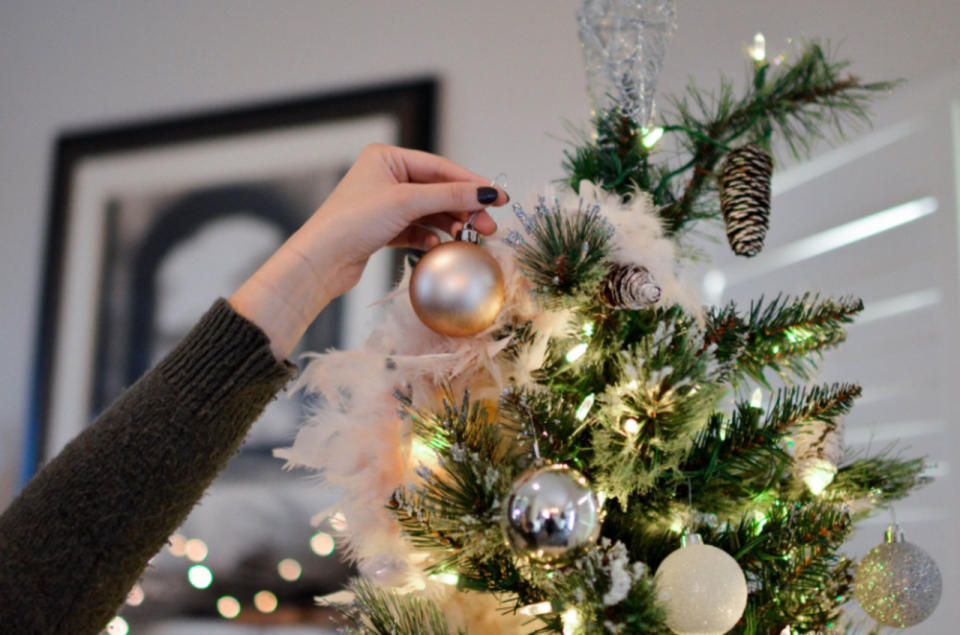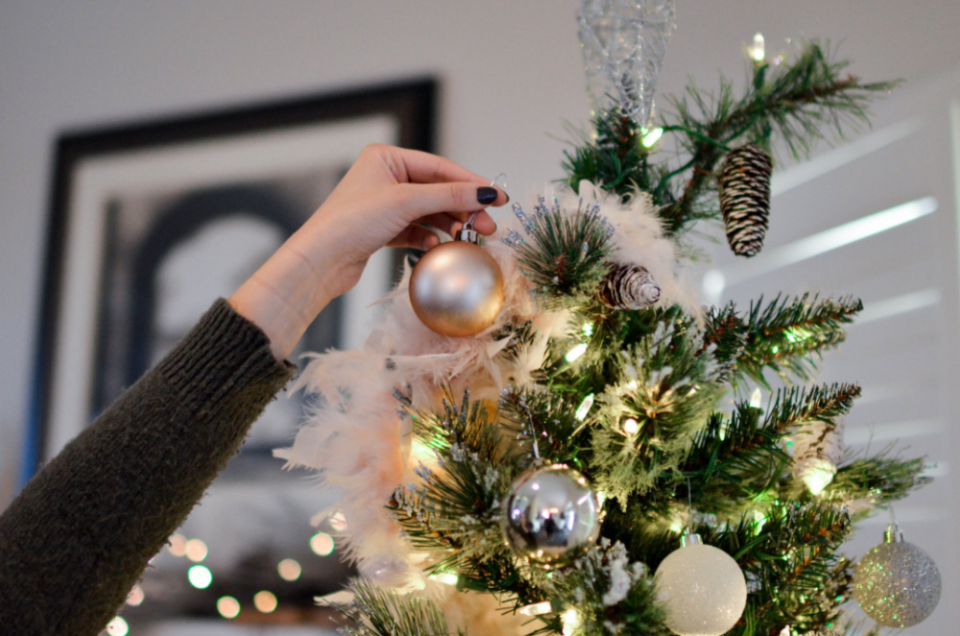Real or fake Christmas tree? Here's the environmentally-friendly choice

Sparkling with spruce or perfectly plastic?
It seems like everyone has an opinion on what makes the perfect Christmas tree.
But what's better for the environment?
"Plastic trees contain chemicals like polyvinyl chloride and others that can be very toxic, especially as the tree continues to wear out over time," says Tim Gray, executive director of Environmental Defence.
Now, in my opinion, the term "polyvinyl chloride" doesn't spark Christmas magic -- so maybe a real tree is the better choice, environmentally-speaking.
But what if you were to keep your fake tree for many, many years?
Gray says that based on the information available, you would have to keep it for about 20 years for the fake tree to be equivalent to buying 20 years' worth of real trees.
RELATED: Your Christmas tree could be making you 'sick'
That's a long term commitment. If you are still considering going with a real tree, it may help to think of it as a crop -- one that provides jobs, reduces carbon in the air, and helps rainwater seep into the soil.

If you prefer fake trees, you'll have to hang on to them for a long time if you're trying to be eco-friendly. File photo/Pexels.
"These trees are planted, and then they are trimmed so they will have that nice Christmas tree shape," Gray says.
"And then a few years later, usually 8 to 10 years later, they are cut down as a crop. Every time a farmer cuts down one of these trees they are planting a new one. So it's an ongoing process: you are not cutting down a forest by using a real Christmas tree."

 Yahoo Movies
Yahoo Movies 